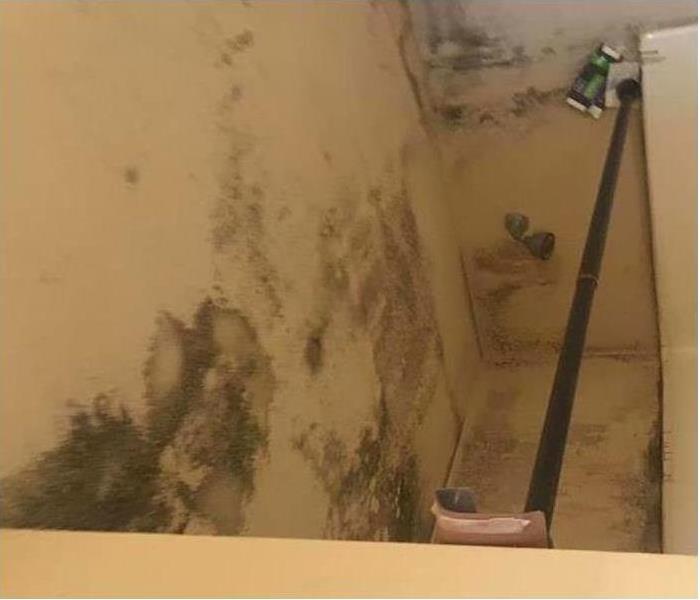The Important Role of an Environmental Hygienist
7/25/2021 (Permalink)
If you have recently had a flood in your North City, WA, home or if you discovered leaky pipes, you should have a professional check for mold. This fungus thrives in wet, humid environments. Even if you extract any standing water and dry the area, you want to be sure no mold was left behind. Before you can move to the step of mold cleaning, you should hire an environmental hygienist to inspect the home and identify whether this fungus is present.
How Mold Can Grow in Your Home
Mold spores are always present in the air. Though microscopic, they are outside and inside your house, waiting for a place to grow and spread. When circumstances are ideal, colonies can appear within a few days. Common ways mold damage occurs include:
- Leaky or broken pipes under sinks or in walls
- Poor ventilation in showers or basements
- Leaks in appliances such as washers, dishwashers or refrigerators
What the Environmental Hygienist Does
This expert works with a professional mold remediation company to evaluate and clean up materials such as mold in businesses and residences. The hygienist has the knowledge and training to look for mold in the right places and to identify its presence. This professional also uses the necessary equipment and tools to test for this fungus in homes. The hygienist is certified to work with this substance and has experience checking for all types of mold, including black mold. After conducting tests, the hygienist will discuss the results with you and coordinate a plan to thoroughly clean the area.
Next Steps
The hygienist helps oversee the mold cleaning process. This not only includes scrubbing away the fungus but sanitizing the area as well. Remediation teams may also have to tear out porous materials such as carpet and drywall.
Prompt mold cleaning is essential if you find this fungus in your house. An environmental hygienist can help you confirm its presence.






 24/7 Emergency Service
24/7 Emergency Service
